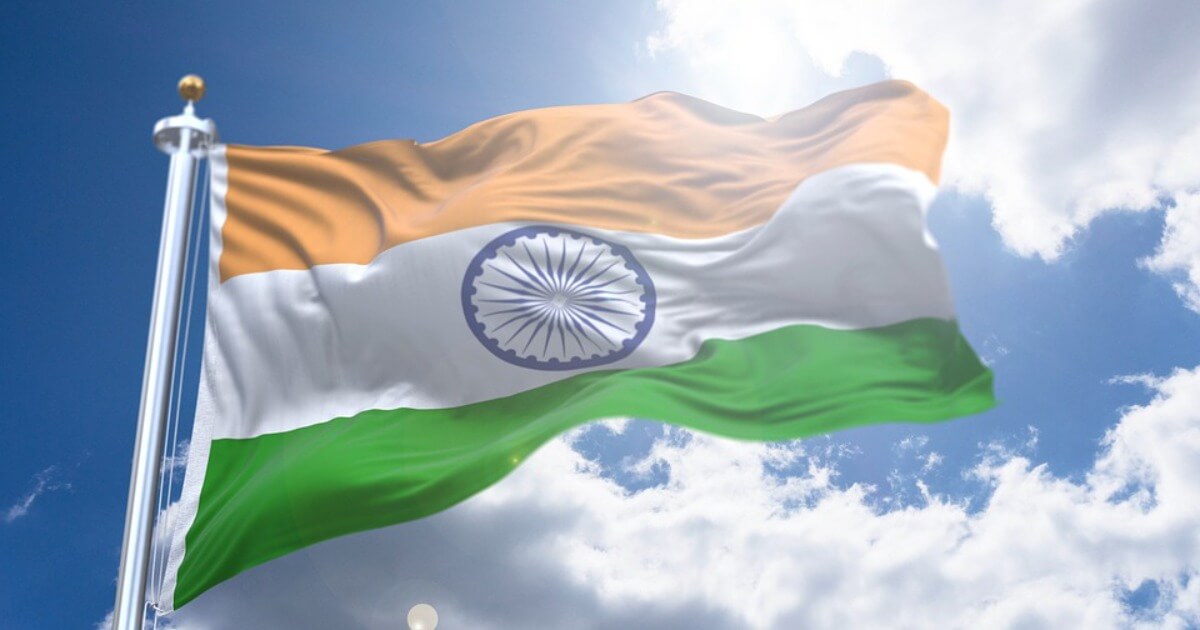Sex and the City in Medieval India
What explains the disappearance of erotic sculptures from Hindu temples in modern India?
July 8, 2021

The ideology of Hindutva has gained currency under the current, BJP-led government in India. Its proponents make vapid claims about an “eternal” Hindu religion that has always been pure, chaste and sexually austere.
Among the most captivating and enigmatic features of medieval Indian art is the explicit erotica on the walls of temples like the UNESCO world heritage complex at Khajuraho. However, modern Indian temples have no trace of it.
In fact, most Indians today are so prudish that they feel scandalized by this imagery from their past. So, what motivated it back then? And why did it disappear so completely?
The age of the Kamasutra
Some observers presume the erotic friezes to be the artifacts of a liberal age – the age of the Kamasutra – when Indians had few hang-ups about sex and cavorted with the opposite sex easily.
However, the Kamasutra, the best-known of the many secular treatises on ars erotica from mid-first millennium CE, was meant for the urban upper crust who pursued erotic pleasure as an end in itself.
It advised them on sexual love, courtship and even adultery. Partly epicurean, it stressed the importance of grooming, etiquette, diplomacy and even post-coital conversation. It also advocated love marriages over arranged ones.
Sex, genitalia and God?
But as a secular treatise, it can at best explain erotic imagery in pleasure palaces and other private spaces. It fails to explain why it was alright to depict graphic sex and genitalia on temple walls, next to the gods?
We often forget that early medieval religious culture in India was in fact very different to that today. Because its views are no longer current, it makes these depictions seem alien and scandalous to modern Indians.
Tantra folk spirituality
The key difference has to do with a Tantric religious substrate that thrived in the first millennium, in which sex and spirituality were deeply intertwined pursuits. The prehistoric roots of Tantra were not connected to mainstream Hindu texts like the vedas.
Rather, they were nurtured by a prominent strand of folk spirituality that, from early on, valued symbols of fertility as auspicious. Such symbols, at first basic and abstract, began to appear as decorative motifs on temple doorways.
Sex-positive aristocrats
Over the centuries, the symbols grew more complex and realistic, evoking the idea of fertility through images of male-female unions. These evolved from coyly amorous pairs to explicit sexual couplings.
Across India, this Tantric belief system, embraced by many sex-positive aristocrats of the age, inspired the erotic art on state-sponsored temples.
Beauty, divine order, fertility, abundance
Because these depictions had come from grassroots beliefs and aesthetics, the public were not shocked or scandalized by them. They saw in the depictions a sense of beauty, divine order, auspiciousness, abundance, fertility and propitiatory power.
It is not a stretch to imagine that the depictions were also sources of mirth and delight.
For their part, the royals who sponsored these grand temples hoped mainly to communicate a stable, harmonious vision of life – and to acquire merit, renown and legitimacy for their rule.
Sex and spiritual progress
By late in the first millennium, the Tantric mode of worship was a mainstream part of popular religious culture. In Tantra, properly guided sex had become a path to spiritual progress and eventual liberation.
The magical use of sex to propitiate the gods was a shortcut to moksha — or liberation from the cycle of birth and death — the spiritual goal of Hindu practice.
The Tantric means of achieving moksha competed directly with the path advocated by orthodox Hindus. The latter required renouncing worldly temptations, cravings and physical desires.
Tantra and the status of women
Tantra also tended to venerate goddesses, accorded higher dignity to women and opposed practices like the caste system and sati (the practice of burning widows on the funeral pyres of their deceased husbands). Not surprisingly, Tantrism clashed with the conservatism of orthodox or Brahminical Hinduism.
And this clash is also partly why the Tantric substrate waned, which is a fascinating story in itself.
Orthodox revival
The late-first-millennium CE in India saw the rise of the mystical, self-denying “Bhakti movement,” as well as an orthodox revival led by an influential theologian, Adi Shankaracharya. The combined result was a vast swelling of the ranks of the straight-laced.
Henceforth, religiosity in India grew sharply more conservative, devotional, puritanical, hierarchical and patriarchal. It marginalized both Buddhism and the sex-positive Tantric substrate.
This profound shift had far-reaching effects that would impair the wider intellectual culture of India.
Marginalization of Tantra and its goddesses
As Tantra receded to the fringe, where it lingers to this day, depictions of sex on temple walls also declined. Little of this style of art survived in later centuries. The Kamasutra too fell into obscurity.
In parallel, the centrality of goddesses declined too — or rather, the goddesses nominally remained, but gradually became sidekicks to male gods.
Transformation in religious culture
With Tantra’s fall, India’s religious culture changed drastically, eventually producing men like the nationalist leader Mahatma Gandhi, with his guilt-ridden denial of his sexuality and tortured struggles with desire and celibacy.
Their prudery would’ve drawn amused laughter from Khajuraho’s religious leaders a thousand years ago.
Indo-Muslims, Brahminical Hindus and Victorian Brits: A recipe for prudery
This conservative turn had emerged from fault-lines and conflicts that long predated the rise of Muslim rule in Delhi, which began around 1200 CE.
Of course, the Indo-Muslims and the Victorian English – no less prudish than Brahminical Hindus – helped neither the cause of Tantra, nor fairly assessed its place in the history of religious thought.
India’s encounter with its sexually squeamish colonial masters further rejuvenated Hindu conservatism.
Contemporary politics and Hindutva
Eventually, this led us to today’s reactionary Hindu nationalists. Embodied in the ruling political party, the BJP, the latter support an ideology called Hindutva, which makes vapid claims about an “eternal” Hindu religion that has always been pure, chaste and sexually austere.
Hindutva ideologues now rail against Valentine’s Day, demand sexual modesty from women, and even harass couples indulging in mild expressions of public displays of affection.
And they do this, without irony, in the name of preserving Indian tradition! One imagines countless medieval Indians turning in their graves.
Takeaways
Today’s Hindutva ideologues demand sexual modesty from women in the name of preserving Indian tradition. Countless medieval Indians must be turning in their graves.
Medieval Indian temples often featured sexually explicit art on the walls. What motivated such erotica back then? And why did it disappear so completely in modern times?
The Kamasutra was meant for the urban upper crust who pursued erotic pleasure as an end in itself. It advised them on sexual love, courtship and even adultery.
Erotic sculptures in medieval India were seen as depictions of beauty, divine order, auspiciousness, abundance, fertility and propitiatory power.
With the decline of Tantra, the centrality of goddesses declined too. Or rather, the goddesses gradually became sidekicks to male gods.

